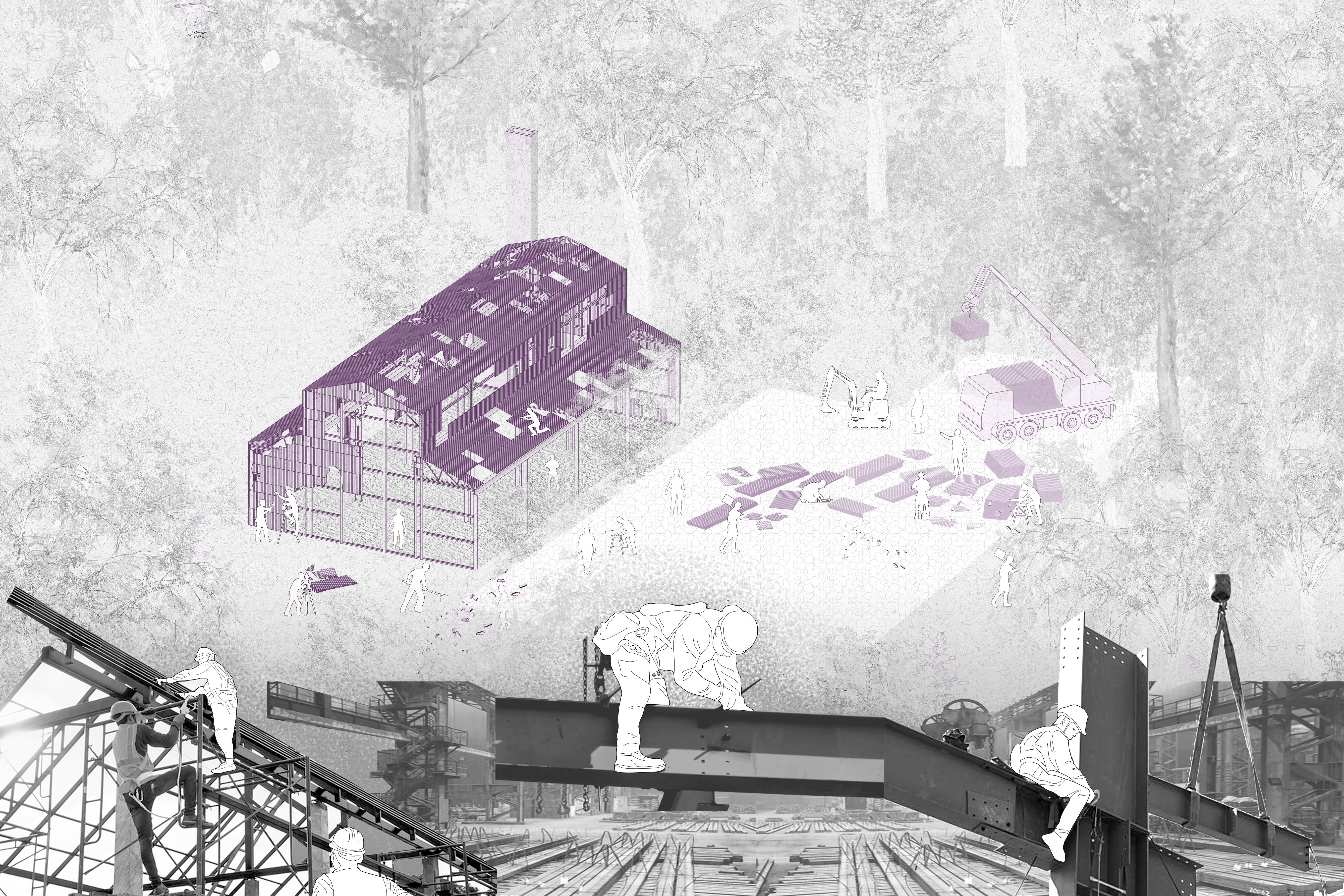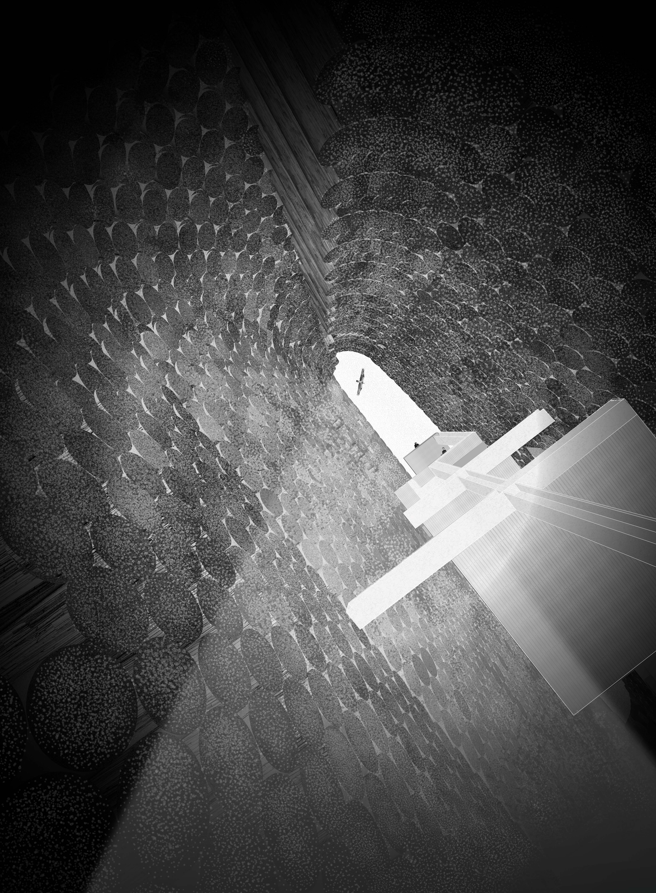a bird sanctuary: on an abandoned military fortress
Professor: Mark Tsuramaki
Term: Fall 2023, GSAPP
Location: Jamacia Bay, New York
Situated at the end of runway 5 at JFK Airport, Jamaica Bay Wildlife Refuge is home to the largest nesting site of seabirds on the East Coast along the Atlantic Flyway. Since 1990, there have been over 260,000 reported bird-aircraft strikes. The national recreational area reports that “Kennedy, which extends into a wildlife refuge with more than 300 bird species, has had a higher percentage of bird strikes than any other major airport since the 1960s.” This proposal aims to relocate the bird species from Jamaica Bay, which is under avian threat, to Fort Tilden, an abandoned military site 10 miles down Long Island and away from flight traffic by implementing re-location strategies. At present, the abandoned base Fort Tilden is home to an invasive reed called phragmite. The National Park Service annually harvests and burns the phragmite reed, however this project proposes to tap into the waste stream and use the reed as a bundled structure to create cohabitating habitats for birds and humans across a diverse range of conditions on the site.

























